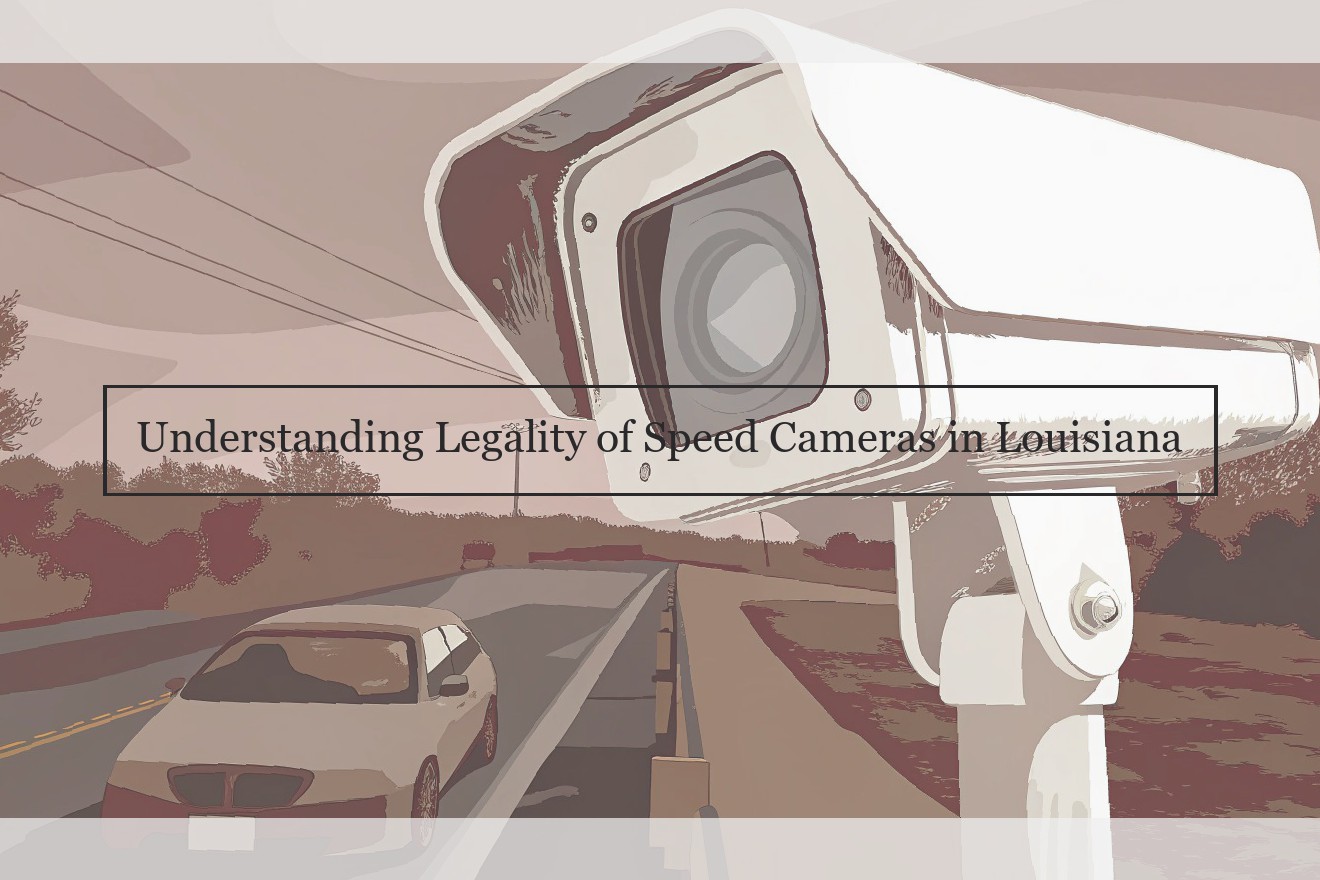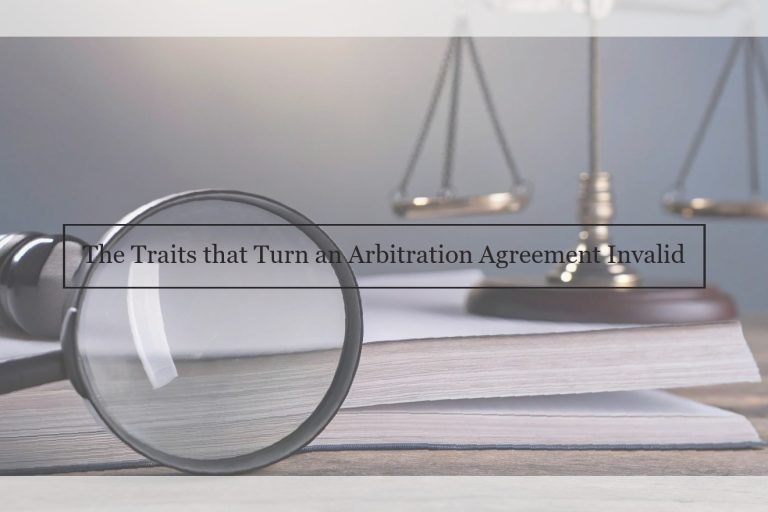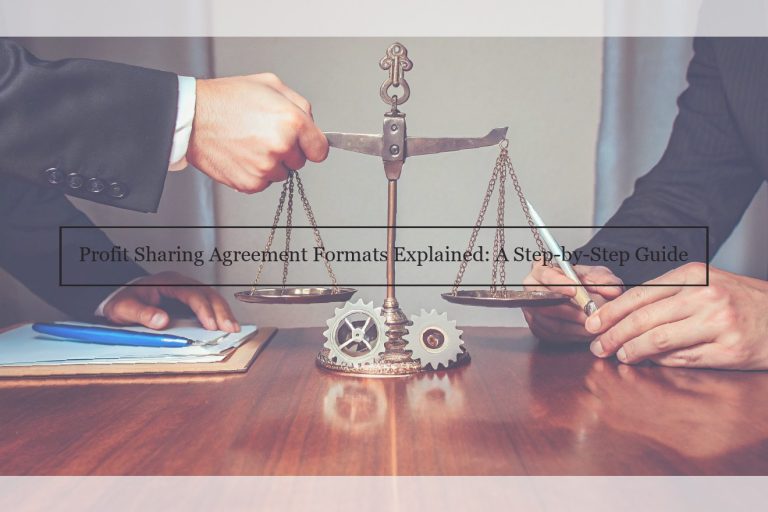Speed Cameras in Louisiana: An Overview
In the realm of traffic enforcement technology, speed cameras have emerged as a popular tool for monitoring and regulating vehicle speeds on Louisiana roads and highways. These devices operate by automatically capturing the speed of a passing vehicle, typically through the use of radar or lasers, and recording the license plate number, date, and time of the infraction. When a vehicle exceeds the posted speed limit, an image of the vehicle is taken, often along with a short video clip, which is then reviewed by law enforcement personnel to determine whether a citation should be issued.
Speed cameras are commonly mounted on fixed poles or positioned in vehicles stationed at strategic points along high-traffic roadways, particularly in areas with a reputation for high rates of speeding violations or where pedestrian traffic is a significant concern . The goal of speed cameras is not merely to issue fines and generate revenue, but also to contribute to overall road safety by reducing the number of speed-related accidents.
While speed cameras can be effective tools for law enforcement, their implementation often raises questions regarding the legality of the use of such technology for traffic enforcement purposes. There are a number of factors that inform the analysis of the legality of speed cameras, including whether or not their use constitutes a violation of an individual’s constitutional rights. This analysis varies depending on the facts and circumstances, and it is dependent upon an individual case-by-case review to determine whether the use of a speed camera was lawful in a certain situation. Louisiana law enforcement agencies across the state have turned to speed camera systems for the purpose of monitoring and regulating vehicle speeds on Louisiana roadways.

Current Status of Speed Cameras in Louisiana
The use of speed cameras to catch drivers speeding in Louisiana is a controversial subject. Currently, the legality of speed cameras is in question, and it has become a patchwork of local and state ordinances and rulings.
During the 2015 Legislative Session it was made known that some jurisdictions were using speed cameras. A Representative introduced a bill that would authorize the use of cameras for speeding violations, however, his district opposed the bill and it ultimately did not pass. At the same time, the Louisiana House and Senate passed concurrent resolutions urging local governments to reconsider their camera ordinances. The National Motorists Association also showed up to oppose the use of cameras.
On July 1, 2015, Governor Bobby Jindal signed Act No. 86, which amended Louisiana Transportation Code La. R.S. 32:248 and La. R.S. 32:421. However, the law only authorized the use of traffic cameras in those jurisdictions (New Orleans, Baton Rouge, and Shreveport) with populations in excess of 475,000. Thus, New Orleans, Baton Rouge, and Shreveport may continue to use the cameras.
The legality of speed cameras is called into question in the legislative findings portion of Act 86, where it states: "It is the intent of [Act 86] to clarify the authority of municipalities that use speed-enforcement cameras…[t]he judiciary has found the ordinances of some municipalities that use speed-enforcement cameras to be inconsistent and invalid."
In addition to the judicial concerns, does La. R.S. 32:421(B) and (C) of Act 86/already prohibit the use of traffic cameras:
(B) …Except as provided in Subsection C of this Section, an automated motor vehicle speed enforcement system shall not be utilized within a school zone, emergency zone, highway work zone, or construction or maintenance zone as defined by the Department of Transportation and Development or the Department of Public Safety and Corrections, Office of State Police.
(C) An automated motor vehicle speed enforcement system shall not be utilized within a municipality while emergency vehicles responding to a call within the municipality have their lights activated.
Despite questions about the use of speed cameras, a handful of parishes and municipalities still have ordinances authorizing their use. In September 2015, the Ascension Parish Traffic Safety Program Director told The Advocate that Ascension Parish officials were trying to find a way around the new law so the cameras could be used.
Arguments Supporting and Opposing Speed Cameras
The arguments for and against speed cameras are often polarized and highlight the divide between those who see speed cameras as a means to ensure road safety and those who view them as a means for municipalities to generate revenue. Supporters of speed cameras argue that their primary goal is to reduce accidents and save lives on the road. They point to studies that have shown a significant reduction in traffic fatalities and serious injuries in areas where speed cameras have been installed. They contend that speed cameras act as a deterrent, encouraging drivers to adhere to speed limits and obey road signs where these devices are present. With the threat of a fine or demerit points on their driver’s license, they argue, motorists think twice before speeding through school zones or busy intersections.
On the other hand, opponents of speed cameras often suggest that these devices do nothing more than contribute to local government coffers in need of additional funding. Citing concerns about privacy, they ask how, exactly, the government will use photos and information gathered by these cameras. They also raise points about the accuracy of these devices and the potential for technical malfunctions that could falsely accuse law-abiding individuals of speeding. Combined with privacy and accuracy concerns, opponents warn that speed cameras could lead to greater levels of citizen distrust in government agencies charged with administering these devices.
Impact of Speed Cameras on Traffic Offenses
While some drivers are unhappy with increased enforcement, the public safety result justifies the speed cameras. The AAA Foundation for Traffic Safety published a report focused on automated speed enforcement (ASE) in 2019. The report analyzed studies from jurisdictions across the world that utilize ASE. The studies available showed average changes in overall speed from 5 to 20 percent. The studies determined that ASE measurably decreases average speed, the percentage of seriously snow gets reduced, and average speed declines in high-pedestrian activity areas.
ASE programs can reduce crash rates by 50 percent and generate substantial revenue for municipalities. The proof is compelling. Tampa Bay area communities have collected more than $40 million in traffic camera fines since 2014. Even, A Jefferson Davis Highway spot generated $6.36 million last year. The evidence from red-light cameras showed these cameras reduced traffic injuries and fatalities by 14 percent. The Institute for Traffic Safety analyzed Maryland’s traffic-camera data and found ASE reduced collisions and related injuries and fatalities. The amount varies by type of intersection, but overall, the reduction was substantial. The AAA Foundation’s report found "less speeding enhances roadway safety because speed is a critical determinant of crash risk, the severity of crash outcomes and the likelihood of being struck by another vehicle or person."
Court Cases and Legal Aspects
Having originally been spurred by an invalid ordinance, city police began switching to two different ordinances in order to try to avoid the legal difficulties they faced. The two ordinances did not provide for criminal penalties and allowed revenue sharing with Metro schools. Shortly afterwards, these ordinances were challenged in court as being too vague and no permit applications had even been filed for speed camera sites. After these ordinances were declared invalid as well, the city eventually tried to present an ordinance that allowed for revenue sharing like the previous ordinances, except it also allowed for criminal penalties, but the City Council voted it down in November 2002 due to lack of citizen support. In August 2003, a state judge issued a temporary restraining order to block speed cameras throughout the State, which was later made a permanent injunction, holding that the cited ordinance was therefore void. The city appealed this decision to the First Circuit Court of Appeal, which dismissed the city’s appeal in May 2004, not because the issue was moot due to the speed cameras not being operational, but because the proper legislative body never voted on the ordinance allowing for revenue sharing with schools , which meant the City Council had no authority to approve such an ordinance. The Orleans Parish Criminal District Court Judge Frank Marullo ruled in January 2011 that the City’s red light cameras are unconstitutional. The ruling was based on State laws that authorized municipalities to establish a uniform system for traffic signs, and that the City overstepped its power when it wrote conflicting laws in order to operate its camera program. The ruling also pertained to two state laws, one that authorized the use of red light camera and one that limited the use of traffic camera systems, since they are in conflict. While the City of New Orleans did not immediately halt the program, the attorney for the defense in the cases dismissed due to the ruling under both laws indicated that the city should have stopped issuing citations. In February 2011, New Orleans appealed the decision to the Fourth Circuit Court of Appeal and asked Judge Marullo to temporarily rescind his order while the appeal was pending, but the motion was denied. After the Third Circuit Court of Appeal accepted the city’s appeal, it stayed Marullo’s ruling in March 2011 until further notice pending the outcome of the appeal. Thus, red light cameras remained operational in New Orleans. Since no speed cameras were operational when challenges reached the courts, no legal issues involving them have been decided by the courts.
Public Sentiment and Community Reaction
Public opinion regarding the legality of speed cameras in Louisiana is mixed. Many think that speed cameras are too expensive to install and maintain, while costs for traffic monitoring could be better spent elsewhere. Others maintain that they are a good way to keep all drivers safe while on the road and think that their implementation is a good idea.
In Elkhorn, where a new speed camera was installed, the local director of public works defended the cameras. He told the media that he did not believe the cameras would make a lot of money. He asserted that instead, the cost of the program would be offset by the money saved on maintaining the road and paying police officers to monitor traffic. He further asserted that the cameras would help to reduce the cost of the road eventually. The camera program is expected to cost taxpayers $160,000.
In Slidell, a local business owner decided to organize a protest against the local speed camera bill. She went door to door, distributing flyers that told which way to vote "yes" or "no" on two pending bills in the House. The business owner believed that the cameras were unfair and noted that they were causing many local business owners to lose customers who were worried about getting tickets. She also told a local media outlet that speeding tickets were already helping to fund the state’s roads. The owner further predicted that the tickets would drive up the cost of insurance and gas.
In Caddo Parish, local residents took the measure into their own hands after obtaining copies of the contracts that the parish sheriff entered with the company responsible for installing and maintaining the cameras. Some residents are contesting the legality of those contracts, as they assert that local governments are only authorized to sign contracts for the purpose of providing maintenance to the cameras. They further state that the contracts need to come before local governing bodies, but the parish government has never considered the contracts.
Prospects for Speed Cameras in Louisiana
Despite these challenges, the state and municipalities are likely to continue using speed cameras into the foreseeable future. There is a strong push in many areas for the increased use of technology to keep the roadways safe and curb speeding. And these devices provide a convenience that law enforcement on foot or onboard patrol units cannot.
Moreover, new technology could potentially bolster the legitimacy of speed cameras. Upgraded units can utilize cloud-based imagery-storage and processing technology to better document violations and adapt in real time to changing traffic conditions. Further, combining stationary speed cameras with mobile traffic incident detection and automated license plate capture could create a much more comprehensive surveillance network.
For better or worse, public policy suggests that existing and future speed-camera programs will be targeted primarily at revenue generation rather than high-volume, high-risk locations. Tracking revenue via the availability of high-speed Internet , municipalities could concentrate on locations with a higher density of remote speed-limit violators. The proliferation of smart city initiatives and the ongoing discussion of road user charging (RUC) also promise to propel cameras further into neighbors. This is particularly so in the wake of driver compliance failures in the legislature in response to the 2019 Legislative Session "special session" bill SB94. The bill, which would have amended La. R.S. 32:31.3 and provided a ticketing process and penalty structure for a driver’s refusal to present his/her driver’s license, was during the Legislative regular session by a Senate Transportation Committee substitute, SB409. Because SB409 was extraordinarily problematic in its own right, the stage is set for local governments, whose amendment bills received little objection in the past two Legislative sessions, to present another avenue for enforcement of such driver non-compliant conduct.
However, with regard to using speed cameras for this purpose, whether it is for public safety versus revenue generation or for static versus mobile deployments, the people must demand a focus on constitutional safeguards and rules to eliminate the runaway manners – not just enumerate existing offenses – in which local governments operate these devices.




+ There are no comments
Add yours